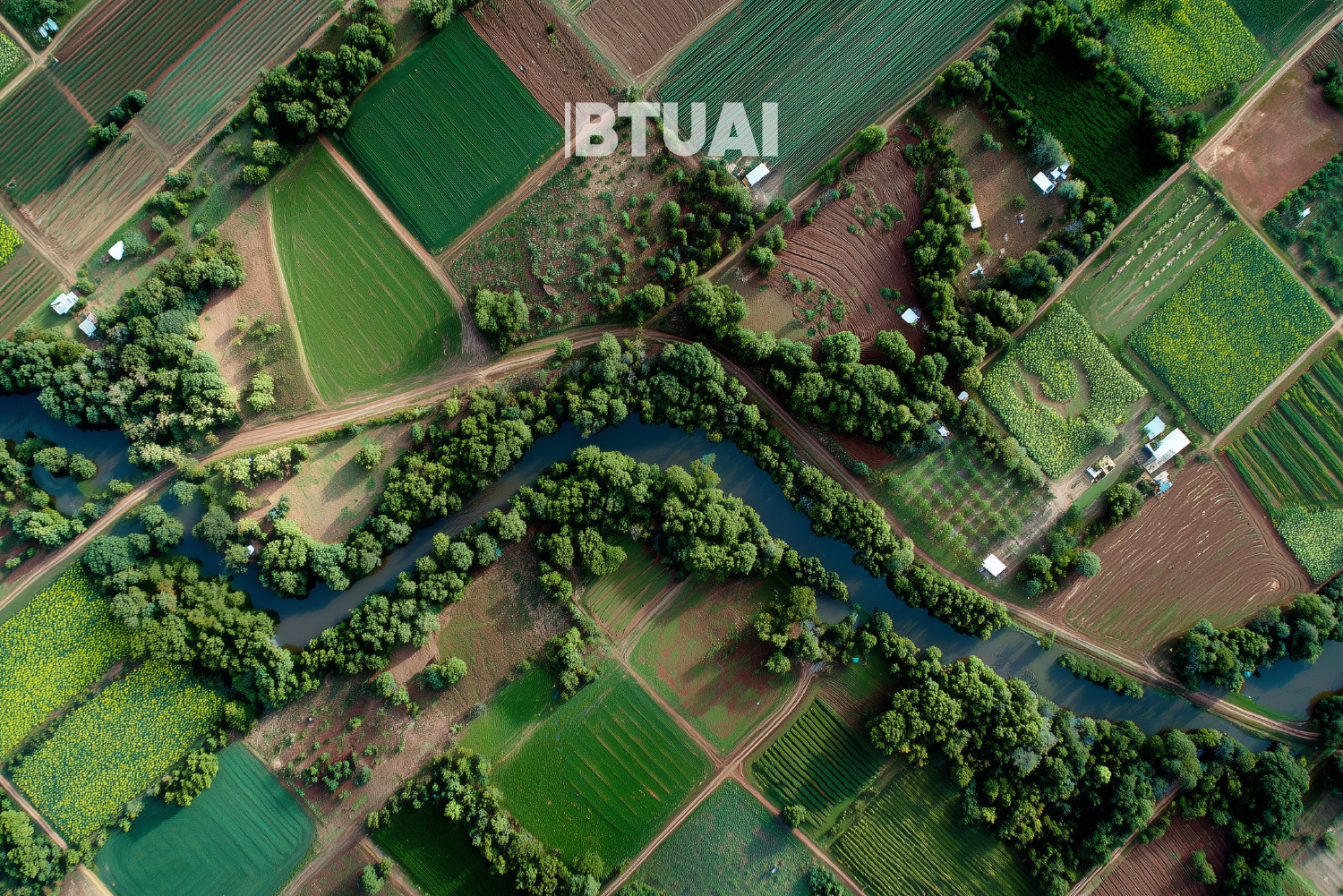Global Land Transfers: How States and Corporations Use Land Markets for Long-Term Strategic Control
Food security, water resources, and land bioproductivity have become strategic assets in the 21st century, shaping the long-term stability

Food security, water resources, and land bioproductivity have become strategic assets in the 21st century, shaping the long-term stability of states and corporations. The land market, once mostly local in character, is now used as a tool of global security and foreign economic policy. This shift is clearly visible in data showing mass land acquisitions and leases by foreign players in developing regions.
Several strategic logics drive this trend. First, land is a stable, inflation-resistant asset with real value during food market disruptions. Second, it is directly tied to access to water, raising its value in regions affected by droughts and climate-driven shortages. Third, land ownership or leasing allows the externalization of production, reducing reliance on volatile global agricultural trade.
Saudi Arabia and the UAE have secured key farmland in Ethiopia and Sudan, where irrigable land is accessible and regulatory frameworks are relatively weak. This gives them control over supply chains outside their borders while preserving domestic water resources. China uses a similar approach in Latin America—targeting not only food but also soy, cotton, and oilseed production, in response to internal demand in animal feed and textiles.
Notably, these transactions are not only state-driven. Corporate actors—particularly investment funds hedging against inflation—are major players. For them, land represents a long-term reserve that can be monetized through agriculture or ecosystem services like carbon sequestration and biodiversity offsets.
The structure of control is key. Long-term leases, often spanning 40 to 99 years, provide operational power over land use without requiring full ownership. This undermines national planning capacity while giving investors near-complete control for decades.
The trend is contributing to regional economic asymmetries. Host countries receive FDI, often directed at infrastructure or jobs, but the value chain is typically structured externally. When land commercialization is governed by external logic, national agricultural strategies shift toward export goals, not domestic needs.
In Laos, for instance, a 2019 deal transferred farmland in five provinces to a Chinese company without parliamentary debate or public disclosure. That same year, a subsidiary of the same firm began redirecting irrigation channels—cutting off local farmers from water access. Such deals are often legal but structured in ways national law does not quantify.




